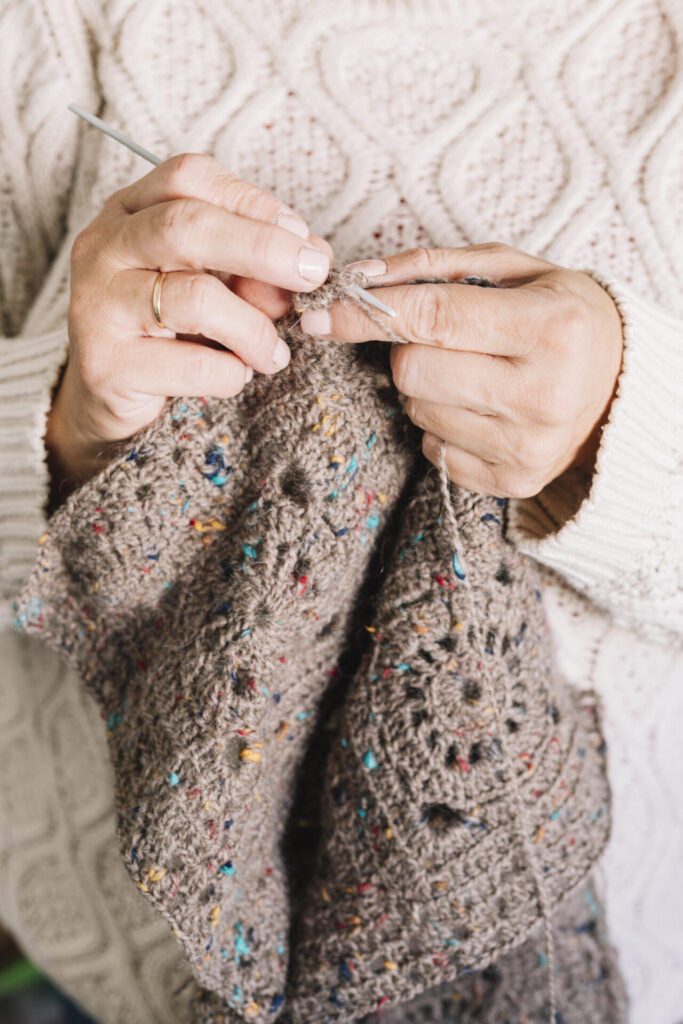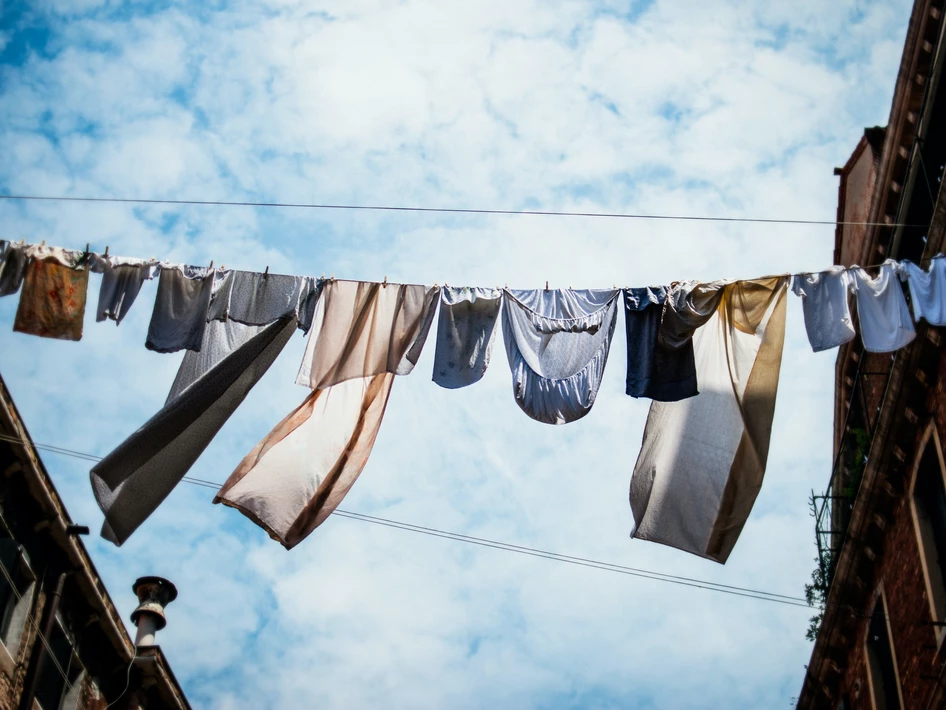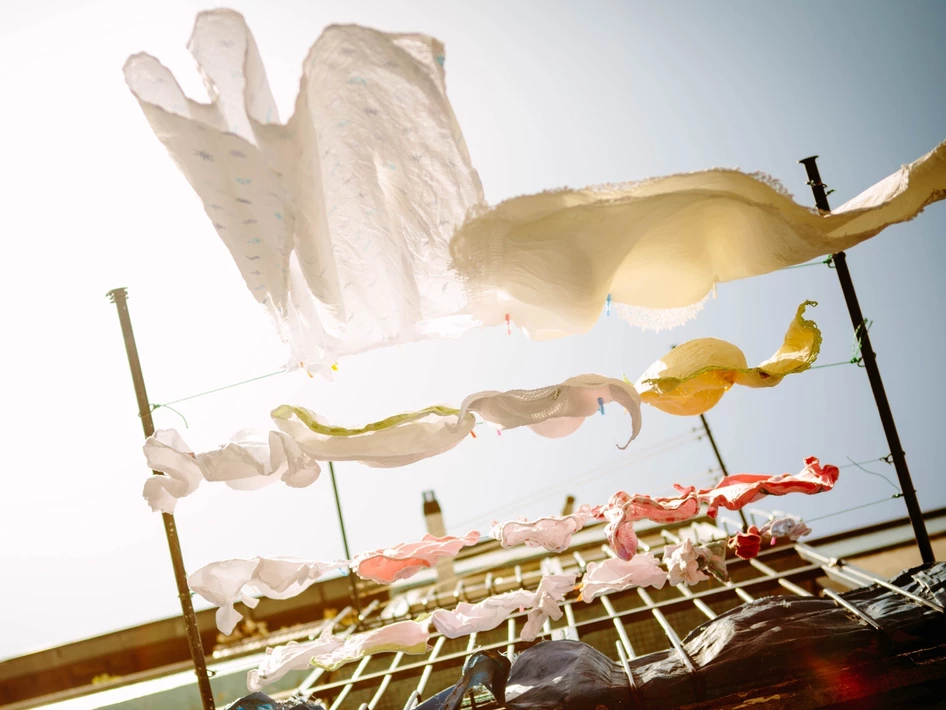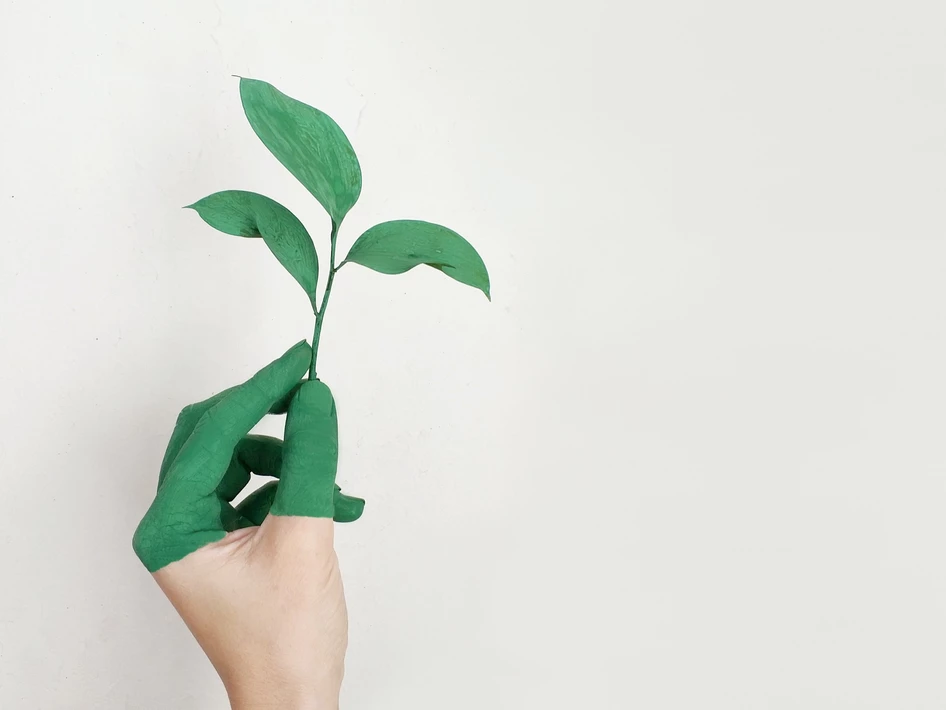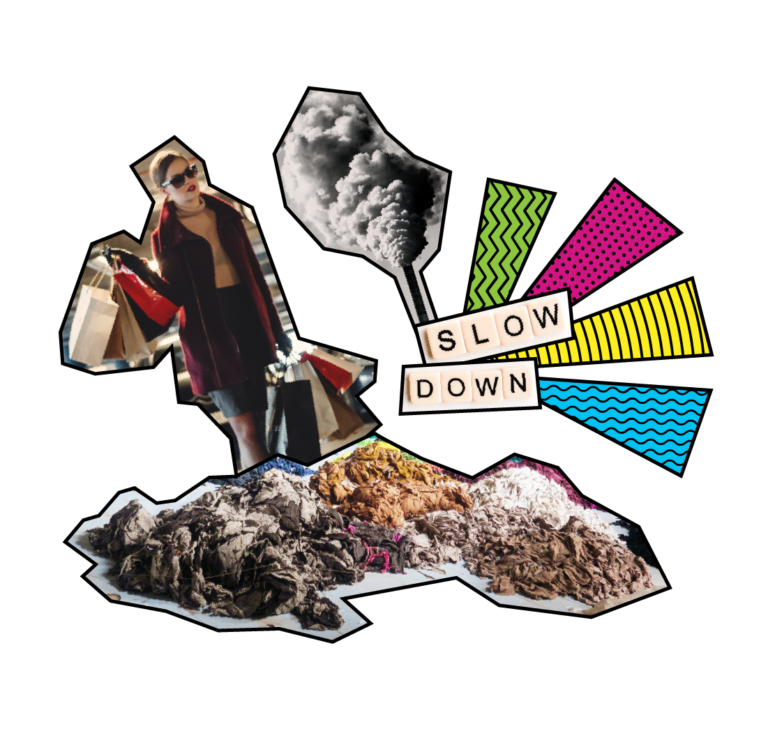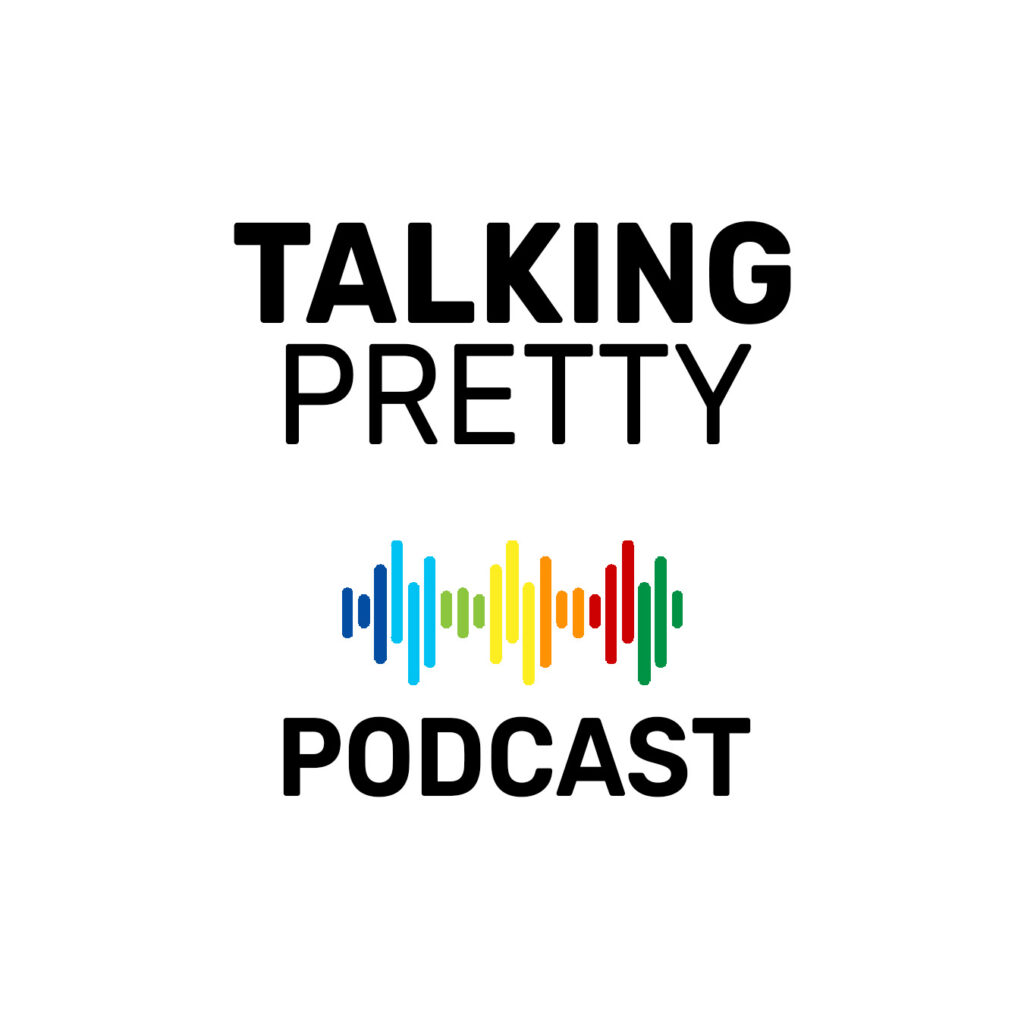In the edit note for a recent newsletter, I wrote about how there is one clear antidote to both, hyperconsumerism and throwaway culture: Mending. One of the responses I got was, Grandma would’ve said, ‘what’s new!’ Honestly, nothing. But seriously, everything. We’re living in times when a designer’s monogram is worth more than the skills of artisans, and love is measured in diamonds. In times when science is being used to write emails, and scientists warning against climate change are being ignored and harassed. In times when wars can be fought from a thousand miles away, but the agenda isn’t defeat of the enemy or the taking over of land, but the annihilation of a people.
These are times when slowing down and showing you care, is indeed, a revolutionary act. A Boston Consulting Group survey found, nearly half of the global workforce is grappling with burnout. Capitalism demands urgency, speed and consistent output, regardless of our mental and physical requirements. Even as we know more about how our minds and bodies function, about nervous system regulation, circadian rhythms, and cortisol balancing, on the one hand; on the other, the system we are operating within doesn’t allow us to put that knowledge to good use. It doesn’t allow us to see the value in mending and putting something broken back together again. Because, indeed, it is the very system that’s broken.
As non-billionaire individuals, who aren’t in seats of power, we can’t do much to fix the system, but we can take a step back, and slow it down. We can embrace the granny in each of us, with a grandma hobby, and remember, ‘Grandma knew best!’ These hobbies are great for the planet, and are a form of self-care, too. But what we, at Pretty As You Please, love best, is that they’re anti-fast fashion—because why buy new, when you can put something together for yourself and for your loved ones!
Knitting
To many of us, knitting is best associated with Grandma’s Christmas jumpers and baby booties. But knitting is so much more. Studies show that knitting boosts cognitive function, stimulating the frontal and occipital lobes in the brain, improving hand-eye coordination, and even keeping cognitive degenerative diseases like Alzheimer’s at bay. Knitting is also incredibly helpful in promoting mindfulness.
That’s not all. As soothing as the clickety-clack of the needles is, knitting has been a revolutionary act for centuries. Back in the day, knitting circles is where the politics was at. Suffragette movements were born out of these knitting circles, and in 1940s India, especially during partition, escape plans were devised and important information was passed along through these circles.
In a world overrun by acrylic cardigans and nylon socks, knitting is your gateway to better choices, a meditative hobby, personal expression, and counter-capitalism.
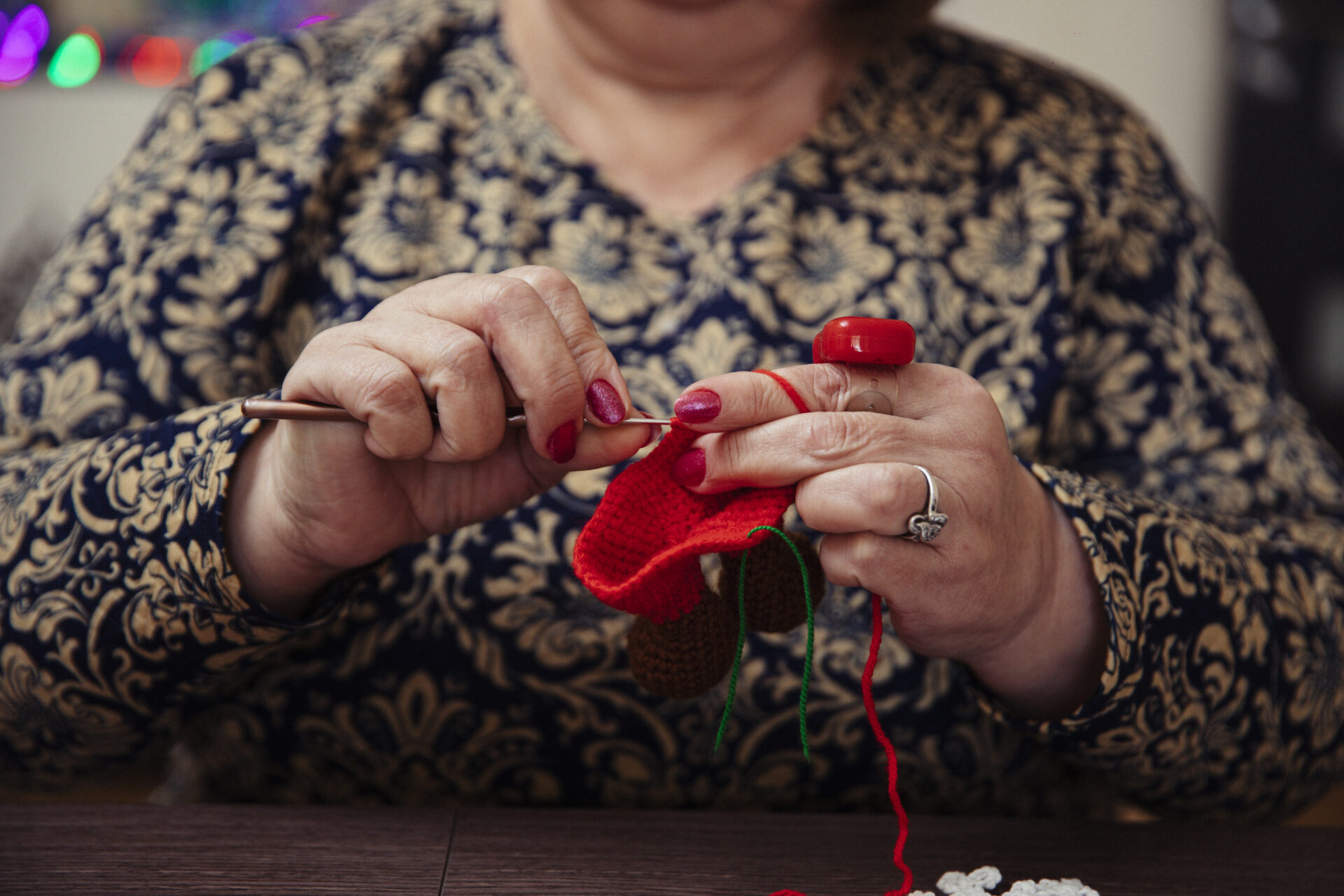
Crocheting
A 2021 study, titled Happy Hookers, described crocheting as a ‘relatively low-cost, portable activity’, which can promote positive well-being. Respondents reported turning to crochet to help them navigate through grief, chronic illness and pain. According to the Anxiety Resource Centre (ARC), the repetitive movements help boost serotonin production and reduce cortisol levels, creating a sense of calm. The interplay of colours and textures only adds to the visual and perceptual feedback. ARC also suggests that having your hands, together, in front of your body creates the sensation of having a protective bubble around your personal space, especially in anxiety-inducing situations. Crocheters also report a sense of community, which improves overall sense of belonging and well-being.
Crochet also plays an interesting role in the fight against climate change. The knit of the crocheted fabric lends it a suppleness that makes it a great alternative to many polyester-based garments. In fact, if you use a bamboo or a cotton blend yarn, you can get a great alternative to polyester-based swimwear. In my own home, crocheted toys have been the antithesis to Barbieverse. When my now 8yo first found a crocheted doll—she’s all blue, and is called Blossom, in resistance to all feminine stereotypes—her first reaction was, ‘so much nicer than Barbie!’ Well, if that’s not your cue!

Embroidering
Embroidery needs concentration and attention to detail, making it an excellent way to practice mindfulness. You don’t have to be creative (though it’s great if you tap into it), you can simply follow a template. Focus on the texture and thickness of the fabric, the colour of thread, the movement of the needle, the sound and feel of each stitch, as you pull it through. The best part: You don’t need to be a master embroiderer to start. You just need to know how to thread a needle, and just one or two basic stitches. Embroidering has been linked to improved planning skills, better fine motor skills, increased patience levels, more creativity, and even lowered blood pressure. Needlework has also been used for occupational and art therapy.
Moreover, embroidering is a great way to create wearable art. It’s also an excellent option for visible mending and to up the ante of clothes you’ve been avoiding wearing. Wouldn’t you like to wear something you’ve salvaged with a little needlework! And isn’t that a radical act!
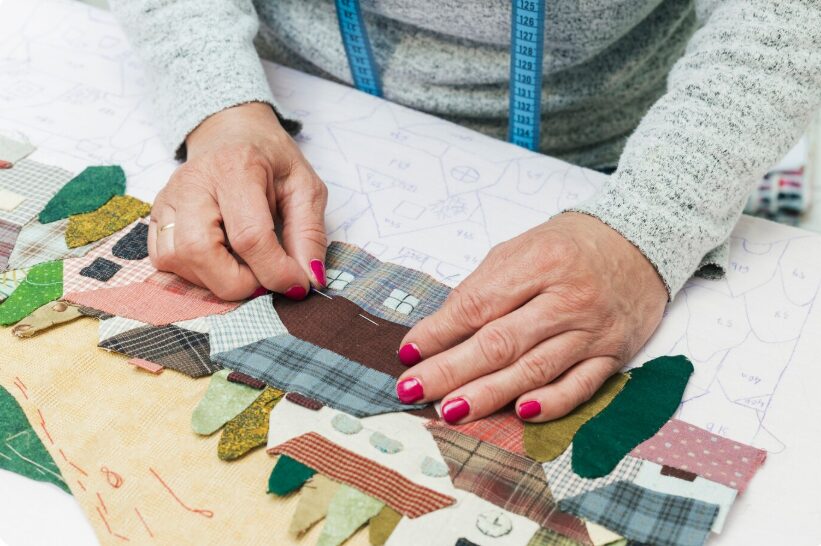
Quilting
Multiple recent reports have described the climate crisis as a nervous system crisis. When we extract from nature, we’re also extracting from ourselves. And so, ecological grief, climate anxiety and burnout are, perhaps, symptoms of the same rupture. When we take a step back, slow down and indulge in an activity that helps us reconnect to our natural rhythm, we heal. Quilting has been found to be one such activity. In a 2011 study published in the Journal of Public Health, respondents reportedly found quilting to be a ‘productive use of time’, and an ‘accessible means of engaging in free creativity’. They found the incredible amount of colour uplifting, and the planning required, in putting the patches together, helped improve focus and concentration. They also reported experiencing ‘a flow’ while quilting, helping them tune into their mind and body’s natural rhythm.
Besides being kind to your nervous system, quilting is kind to the planet too. It mostly uses fabric scraps and old textiles, salvaging what would’ve otherwise headed to landfill. Memory quilts are also a great way to preserve garments and fabrics you may have an emotional connect to, but no longer have any use for. Isn’t that a win all around!
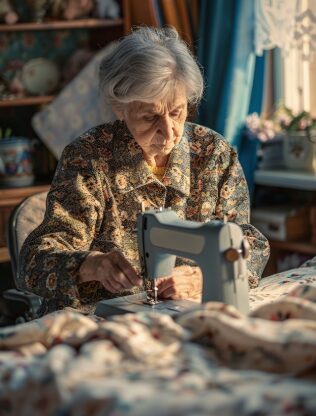
Making upcycled accessories
To the planet, to incredible style, and to getting your creative juices flowing! From something as basic as a scarf or a scrunchie (using the elastic bands from those masks you tucked away in case another pandemic struck!), to more complicated jewellery items and even toys and bags, you can now do it all. The best part about upcycling: You don’t need any new resources, and can simply use what you have. So you’re saving on resources, while keeping fabric from ending up in landfill, and cutting back on demand for new stuff. Plus, it’s always cool to sport something you made yourself.
Besides being a creative outlet for self-expression, upcycling also gives you a sense of accomplishment. Studies have also suggested, doing good for the planet helps with climate anxiety and boosts your overall sense of wellbeing. Not sure where to start? Check out Into Carry, for your introduction to different materials, cheat sheets and even live workshops and tutorials on upcycling common household materials (like plastic bags) into cool accessories, including handbags and sunglass covers.
We’re definitely slowing down into our Grandma era. Are you? Tell us in the comments.

